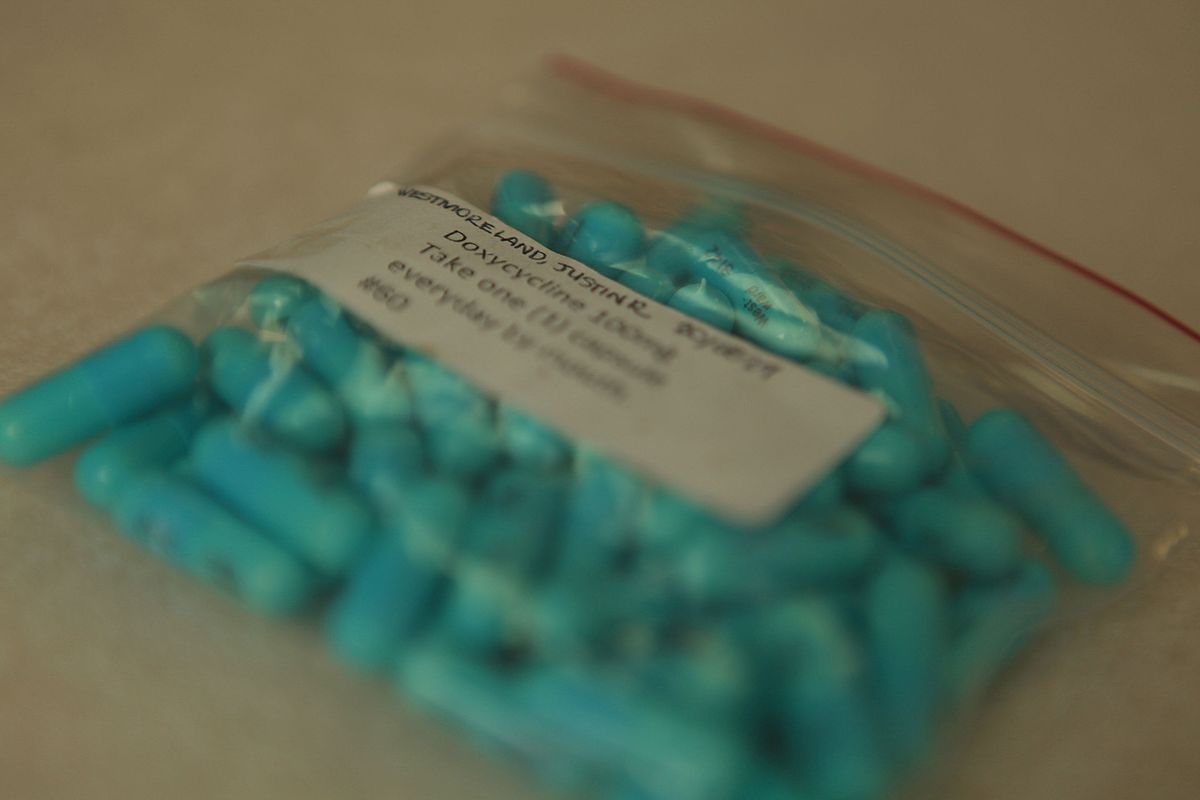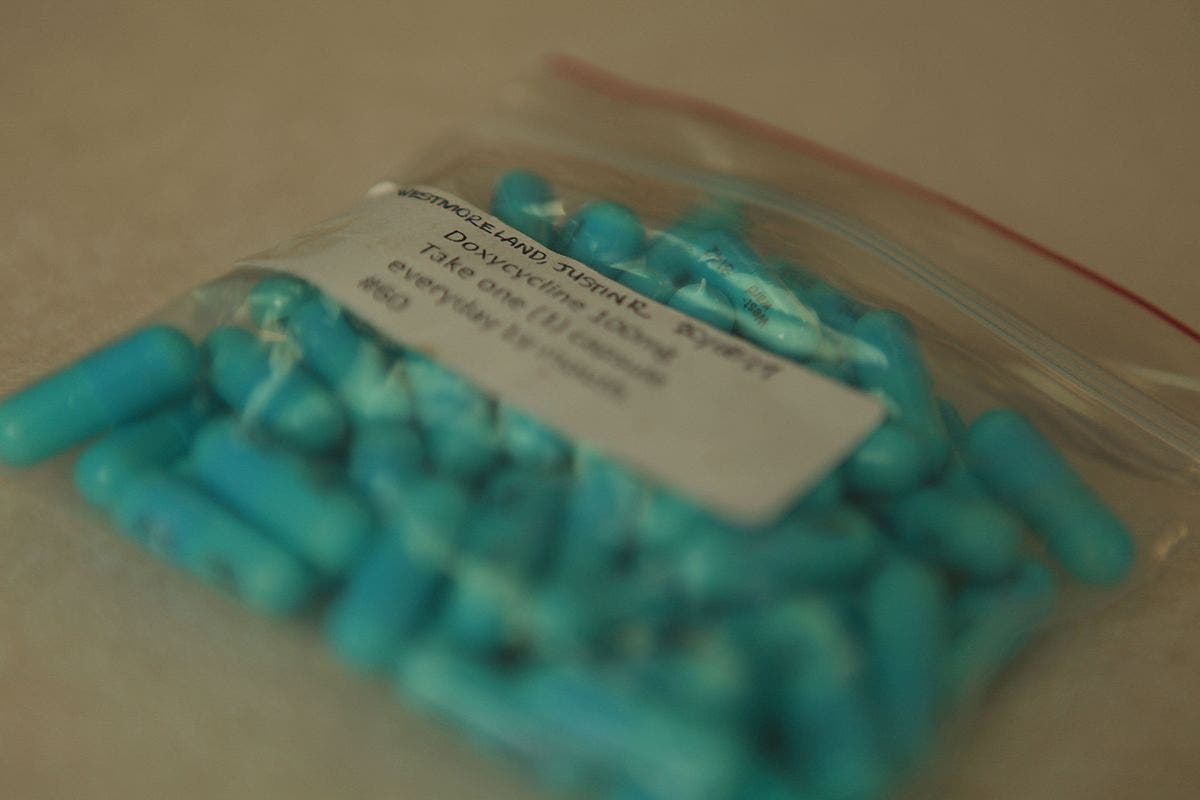Travel Like a Pro: How to Stay Healthy

'Staff Sgt. Danielle Bacon'

How can I beat jet lag?
Adjust your schedule to match your destination’s time zone starting two days before departure, says Gordon Jannow, an Alpine Ascents International mountain guide with 23 years of experience jetting to big peaks in China and Nepal. If you’re flying east, get up and go to bed three hours earlier than usual; if west, make it three hours later. If arriving in the morning, snooze on the plane so you can power through the first day and get on the local schedule–relaxing music, Ambien, Tylenol PM, or valerian root can help put you to sleep in flight. Avoid alcohol; it may be a depressant, but it interferes with REM sleep patterns.
Vaccinations
Check with your doctor four to six weeks before departure to get country-specific vaccinations dialed in. (Exception: Hepatitis A shots need to begin six months before departure.) No matter where you’re headed, make sure routine shots (MMR, Tdap) are up to date.
Water Treatment
For travel to developing countries: Unlike back home, waterborne viruses are a concern in nations such as Nepal or Tanzania. UV purifiers (such as the SteriPen Adventurer; $100, steripen.com) are small and kill viruses, bacteria, and protozoa in seconds–but are pricey and require batteries. Chemical treatments like chlorine dioxide or iodine are cheap, light, and kill all pathogens–except for cryptosporidium, which iodine can’t squash (and it’ll take 4 hours for chlorine dioxide to neutralize crypto). The First Need XL Water Purifier ($103; generalecology.com) and the MSR Sweetwater system ($80, msrgear.com) are fast and effective against viruses and other nasties. Boiling also gets the job done, but it’ll cost you fuel and time for the water to cool. For travel to developed countries In places like Western Europe, Chile, Canada, and New Zealand, you can get by with a filter that removes only bacteria and protozoa. We like the light, packable MSR Hyperflow ($100; msrgear.com).
First-Aid Essentials: International travel requires a few additions to your standard medical kit. Keep these extra items handy, and store them all in their original bottles to simplify the trip through customs.
- Pepto-Bismol and Imodium for temporary traveler’s diarrhea
- Oral rehydration salts/powders or electrolyte replacement drink for diarrhea
- Ciprofloxacin (best for Latin America/Africa) or azithromycin (best for Southeast Asia) for a broad spectrum of bacterial infections (always carry your prescription)
- Nitazoxanide or tinidazole for Giardia/crypto infections (if you’ll be far from a doc)
- Dramamine for motion sickness
- Antifungal and antibacterial cream for skin infections
- Aloe vera gel for frostbite or burns
Altitude Sickness
Climbing above 8,000 feet? Be alert for these altitude-induced conditions.
Acute Mountain Sickness (AMS)
Symptoms Like a hangover: nausea, headache, fatigue
Treatment Take aspirin, drink extra water, and rest. The prescription drug acetazolamide can also help prevent and treat AMS. If you don’t feel better within two days, descend to a lower elevation.
High Altitude Pulmonary and Cerebral Edemas (HAPE & HACE)
Symptoms Rapid pulse, shortness of breath, rasping cough (HAPE); disorientation, clumsiness, severe headache, hallucinations (HACE)
Treatment Descend immediately and get medical attention.
Beat Mosquitoes
In Africa, Central America, and Asia, skeeters are vectors for malaria, yellow fever, dengue fever, and more. To avoid a range of debilitating symptoms–from severe headaches to vomiting– follow these tips.
- Just like at home, stay indoors (or in a tent) at dawn and dusk, when mosquitoes are most active, and cover all exposed skin with a DEET-based bug spray.
- Wear long sleeves and tuck pants into socks. Head netting and bed nets treated with permethrin also protect skin (and sanity). Buy them pre-treated, or get permethrin in liquid form and dip or spray nets yourself.
Malaria
No vaccine for this life-threatening disease exists, but a course of anti-malarial drugs (such as chloroquine or doxycycline) can prevent infection. Travelers take pills starting two weeks to two days before departure (depending on the drug) and continuing one to four weeks after returning home.